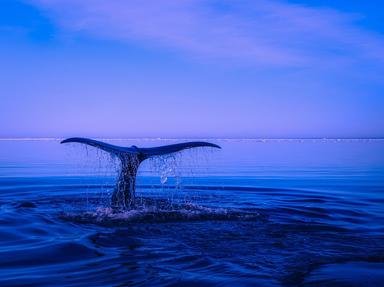Quiz Answer Key and Fun Facts
1. The Guadalcanal Campaign, which was a major victory for Allied forces during World War II, took place on which Pacific Island nation?
2. A popular practice throughout the Pacific Islands, what was blackbirding?
3. What justification did the British use to colonize the Fijian Islands?
4. In 1995, the nation of Kiribati changed the path of which line?
5. The ten year Nauruan Civil War resulted in which outcome?
6. Which country never ruled over Palau in its history?
7. John Frum is a legendary figure that is central to a popular cult in which island nation's history?
8. What was the name of the world's first hydrogen bomb that was detonated in the Marshall Islands in 1952?
9. Which island nation of Oceania is mythologically believed to have been created by an eel and a flounder?
10. What is the name of the English sailor who was captured by Tongans in 1806 and is responsible for bringing the knowledge of Tongan culture and language to Europe?
Source: Author
Joepetz
This quiz was reviewed by FunTrivia editor
gtho4 before going online.
Any errors found in FunTrivia content are routinely corrected through our feedback system.
